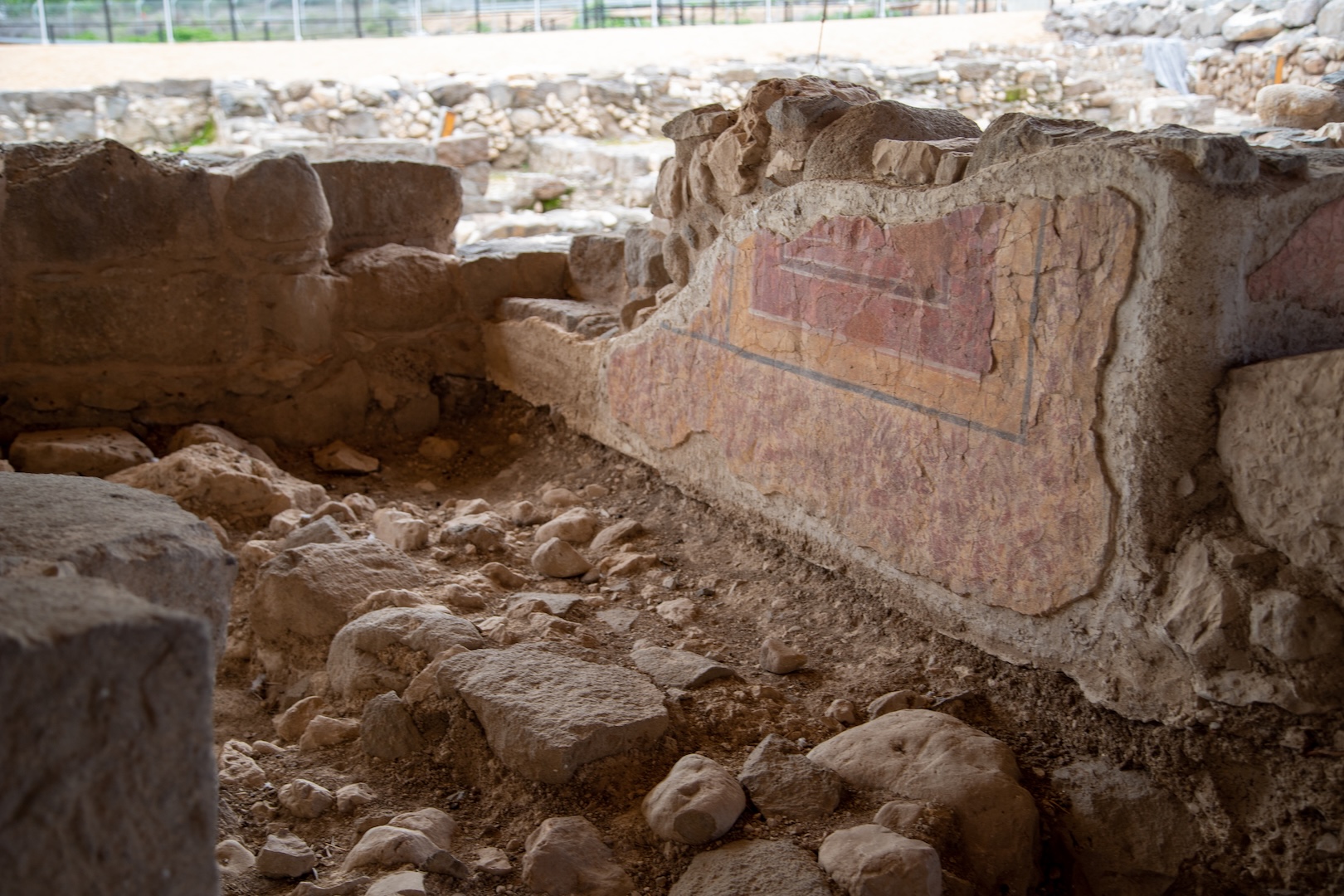This month we celebrate the memory of Saint Helena, mother of Emperor Constantine, recognized for her tireless search for the Holy Cross and her deep commitment to the Holy Places. Thanks to her legacy, she is considered today the patron saint of archaeologists.
Although historical details about her life are limited, it is believed that she was born in the middle of the third century and died around the year 330 AD. Our knowledge about her comes primarily from two historical sources: The Life of Constantine, written by Eusebius of Caesarea, and Ecclesiastical History by Socrates of Constantinople, who tried to continue Eusebius's work.
Eusebius recounts how Emperor Constantine showed a deep interest in the Holy Land, maintaining regular communication with Bishop Macarius of Jerusalem. Although Helena is not mentioned at first, Eusebius introduces her at the end of his account as the mentor behind many of the projects carried out in the region, including the construction of churches on the Mount of Olives.
It is Socrates of Constantinople who gives a fuller picture of the Empress's role in this mission. According to his narrative, guided by divine visions, Helena journeyed to Jerusalem in search of Christ’s tomb. Accompanied by Bishop Macarius, she found the tomb covered by a large mound of earth, atop which stood a pagan temple dedicated to the goddess Venus. According to Socrates, it was Helena who ordered the destruction of the temple and the excavation of the site, where three crosses were discovered, along with the plaque that Pilate had placed on Jesus’ cross. On that site, she built a “magnificent” church, which she called the “New Jerusalem.” She also commissioned the construction of other basilicas, such as the one in Bethlehem and another on the site of the Ascension.
After these works, Helena remained in Jerusalem as part of the Christian community, dedicating her life to prayer and service, particularly among other women. According to both sources, she died at the age of eighty, after a life of deep piety.
Although Socrates offers a more detailed account of Saint Helena’s active role, Eusebius honors her by highlighting her wisdom and devotion. In fact, she is credited with initiating the tradition of pilgrimage to the Holy Places. In the words of Eusebius:
“As soon, then, as she had rendered due reverence to the ground which the Saviour’s feet had trodden, according to the prophetic word which says: ‘Let us worship at the place whereon His feet have stood,’ she immediately bequeathed the fruit of her piety to future generations.” (Life of Constantine, Book III, 42)
Today, Saint Helena is regarded as the patron saint of archaeologists due to her relentless dedication in the search for the Holy Sepulcher and the identification of the Holy Cross, as well as her care for and veneration of it as a sacred relic. She is also remembered and admired by all pilgrims and members of the Church who, inspired by her example, feel a strong connection to the Holy Land.
Discover more articles from this category






